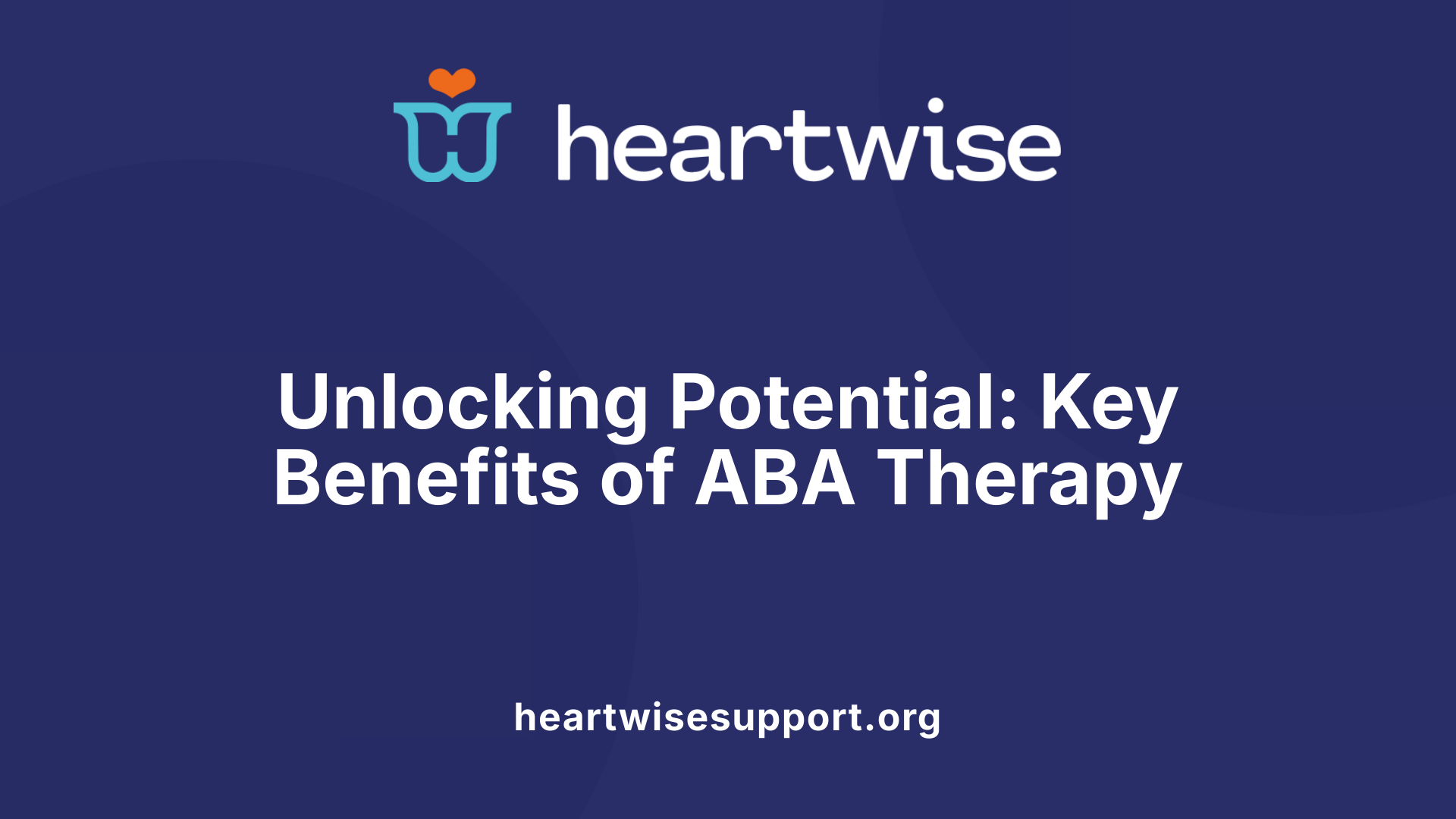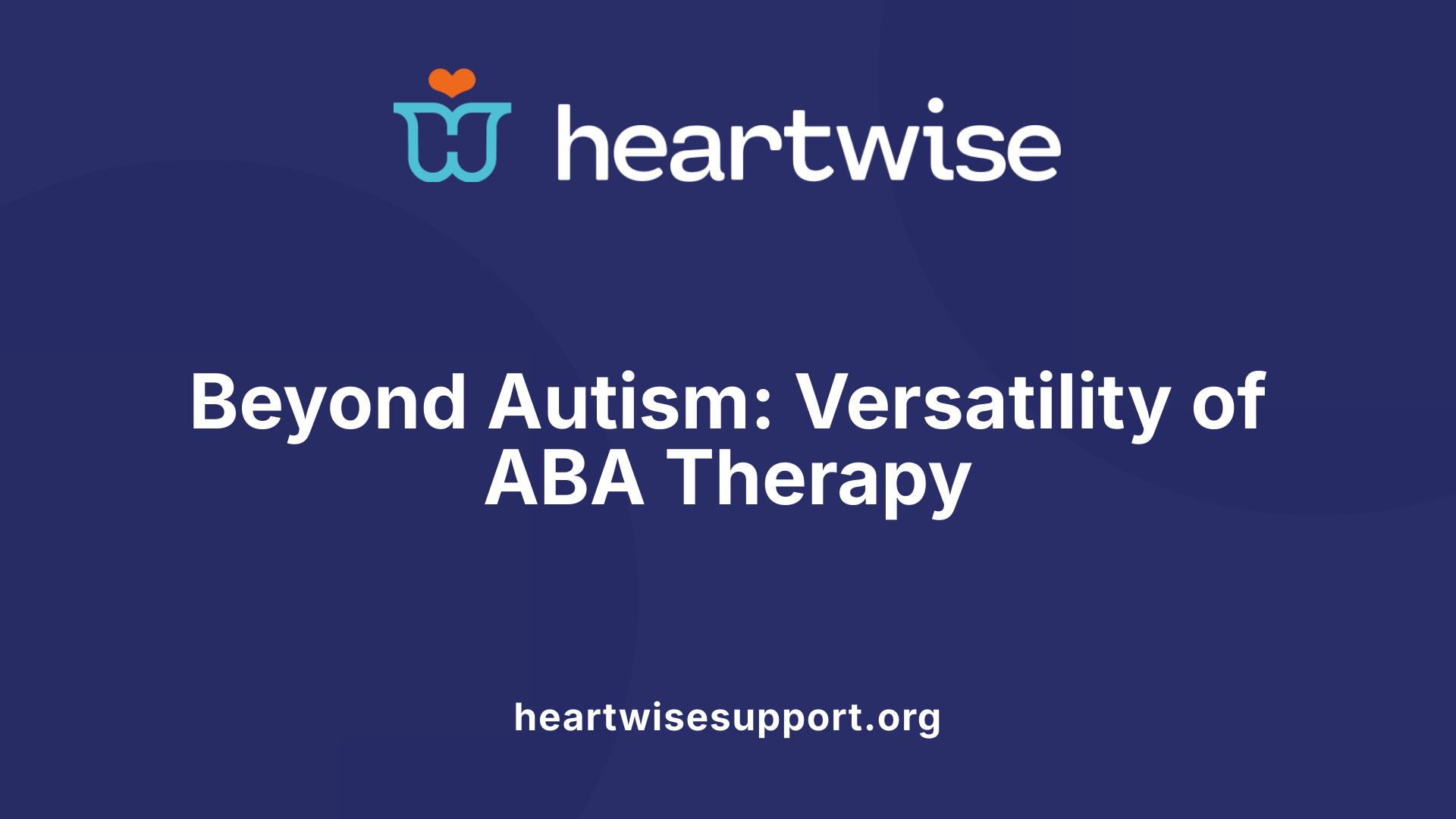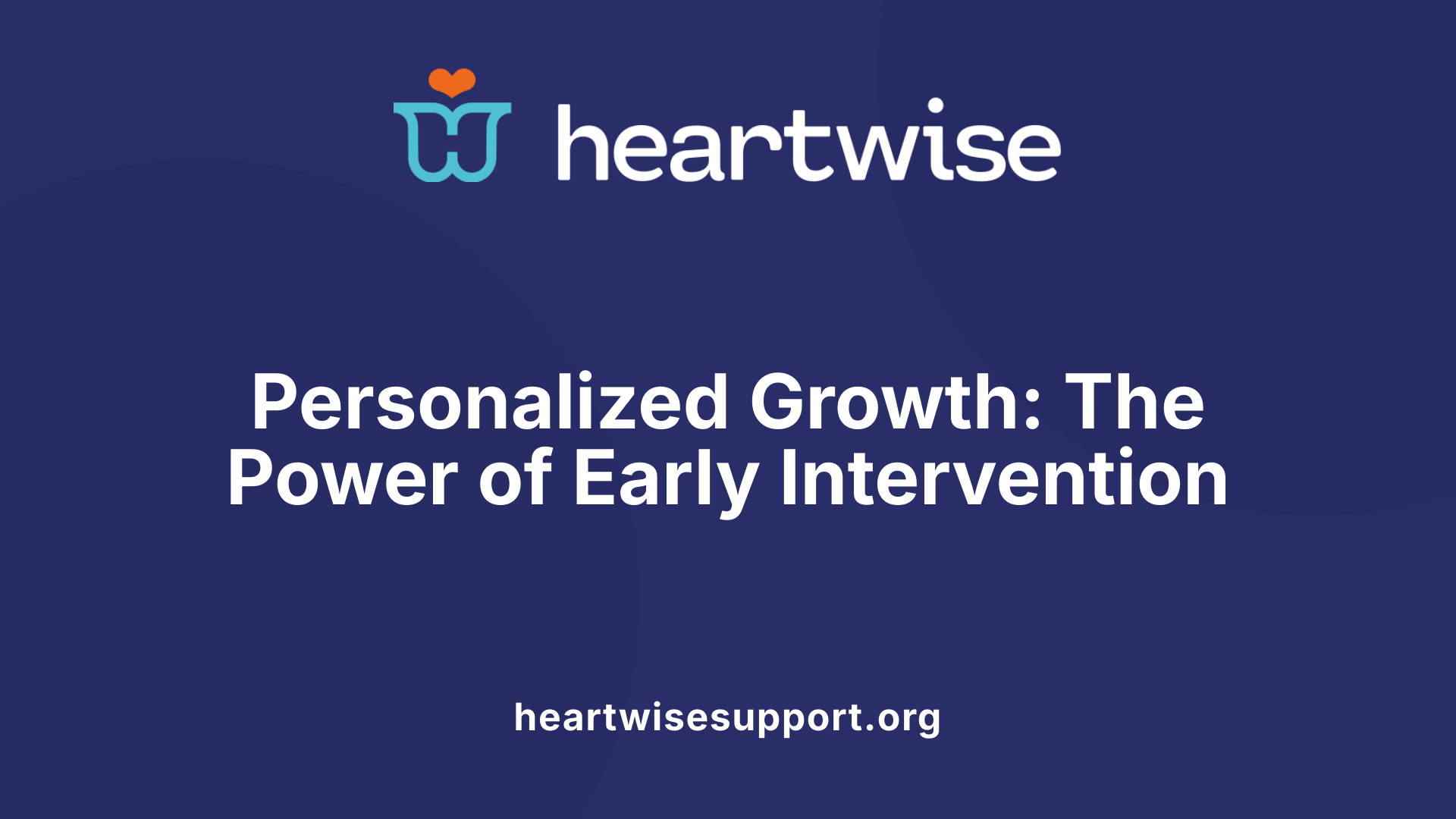Introduction to ABA
Applied Behavior Analysis (ABA) is a prominent therapeutic approach focusing on the science of learning and behavior, widely recognized for its effectiveness in managing behavioral challenges, particularly among individuals with autism spectrum disorder (ASD). This narrative delves into the techniques, principles, and broad applications of ABA, providing insights into its transformative benefits for behavior modification, skill acquisition, and overall well-being.
Key Benefits of ABA Therapy

What are the benefits of applied behavior analysis (ABA)?
Applied Behavior Analysis (ABA) offers numerous advantages for individuals, particularly those with autism. By focusing on increasing beneficial behaviors and reducing harmful ones, ABA therapy addresses various developmental challenges.
Enhancements in communication and social skills
One of the standout benefits of ABA is its ability to enhance communication and social skills. Through techniques such as positive reinforcement and functional communication training, children learn to express their needs effectively. This leads to improved interactions, where they can navigate social settings with greater ease, understand social cues, and form meaningful relationships.
Personalized treatment programs
ABA therapy is particularly notable for its individualized approach. Programs are meticulously designed to meet the unique needs and preferences of each child, utilizing ongoing assessments by trained professionals. This tailored strategy ensures that therapy is responsive, promoting elevated learning outcomes in social, academic, and daily living skills.
Evidence-based improvements
Credited as the gold standard for autism intervention, ABA therapy is solidly backed by research. Studies indicate that early and intensive interventions can result in remarkable improvements in essential adaptive behaviors, leading to a higher quality of life. Notably, children with lower baseline adaptive scores often display significant gains, even amidst challenges with service delivery. In summary, ABA not only yields immediate beneficial changes but also fosters long-term development across various life domains.
Broader Applications Beyond Autism

Is ABA therapy only for individuals with autism?
ABA therapy is not limited to individuals on the autism spectrum. It is effective for addressing a variety of behavioral issues, including Attention Deficit Hyperactivity Disorder (ADHD), Obsessive-Compulsive Disorder (OCD), and Post-Traumatic Stress Disorder (PTSD). Its principles can be adapted for various settings, such as aiding teachers in managing classroom behaviors for both neurodiverse and neurotypical students.
Versatility in treatment beyond autism
The versatility of ABA therapy makes it particularly valuable. Here are a few areas where ABA has been successfully implemented:
- ADHD: Enhancing focus and improving organizational skills.
- OCD: Modifying compulsive behaviors by using techniques like exposure and response prevention.
- Substance Use Disorders: Helping individuals develop coping strategies to manage triggers and cravings.
Applications for various disorders
Many different populations can benefit from ABA techniques:
| Disorder | Application | Benefits |
|---|---|---|
| Autism | Social skills training | Improved peer interactions and communication skills |
| ADHD | Behavioral interventions | Better focus and task completion |
| OCD | Functional communication training | Reduced anxiety and maladaptive behaviors |
| PTSD | Exposure therapy and behavior modification | Enhanced coping mechanisms and resilience |
Acceptance by health authorities
Renowned health organizations recognize the broader applicability of ABA. Institutions like the US Surgeon General and the American Psychological Association endorse ABA as evidence-based for treating various conditions beyond autism. This wide acceptance highlights ABA's adaptability and effectiveness across different mental health challenges, making it a crucial part of therapeutic practices for diverse populations.
Managing Serious Behavioral Challenges with ABA

How is applied behavior analysis used to manage more serious behavior problems?
Applied Behavior Analysis (ABA) is a structured therapy widely utilized to manage serious behavior problems, especially in individuals with autism spectrum disorder (ASD). Central to its approach is the Antecedent-Behavior-Consequence (ABC) model, which helps therapists understand behavior dynamics. By identifying specific triggers (antecedents) and their resulting behaviors, as well as the consequences that follow those behaviors, practitioners can modify actions effectively.
ABC model for behavior management
The ABC model is fundamental in ABA therapy. It consists of three main components:
| Component | Description | Example |
|---|---|---|
| Antecedent | What happens before the behavior (triggers) | Child sees a toy they want |
| Behavior | The response or action taken by the individual | Child yells to get the toy |
| Consequence | What happens as a result of the behavior | Parent gives the toy to avoid the yelling |
This model provides a clear framework for understanding and addressing maladaptive behaviors by adjusting antecedents and consequences to foster desired outcomes.
ABA techniques for severe issues
ABA incorporates various techniques designed to address serious behaviors. For example:
- Discrete Trial Training (DTT): Breaks down tasks into small, manageable steps, enhancing focus and learning.
- Functional Communication Training (FCT): Teaches individuals to replace challenging behaviors with appropriate communication, promoting self-expression.
- Picture Exchange Communication System (PECS): Uses visual symbols to help children communicate needs effectively.
These strategies focus on reinforcing positive behaviors, imparting new skills, and utilizing systematic instructions.
Life skills improvement
ABA therapy also focuses on improving essential life skills. By breaking down complex daily tasks—like self-care routines—into clear, manageable steps, individuals learn to carry out these activities independently. For instance, teaching personal hygiene can involve step-by-step guidance on washing hands or brushing teeth, reinforcing each step with positive feedback. This comprehensive approach not only promotes autonomy but also significantly enhances quality of life, preparing individuals for further social integration and daily functioning.
Commonly Used ABA Techniques

What are some common ABA therapy techniques?
Applied Behavior Analysis (ABA) employs various techniques designed to improve behaviors and facilitate learning in children. Here are some of the most commonly utilized methods:
Positive and Negative Reinforcement: This strategy involves rewarding desired behaviors to increase their occurrence. In contrast, negative reinforcement eliminates unpleasant conditions when a desired behavior is exhibited, thus promoting that behavior.
Modeling and Communication Strategies: Modeling involves demonstrating appropriate behaviors through videos or live examples, allowing children to imitate and learn effectively. Communication strategies like the Picture Exchange Communication System (PECS) help children express their needs, which is vital for emotional regulation.
Prompting: This technique includes providing cues or hints to assist individuals in performing tasks. Over time, support is gradually reduced to promote independence.
Natural Environment Training (NET): NET seeks to apply learned skills in real-life situations, enhancing the generalization of those skills across different contexts. This method helps reinforce the practical application of skills.
Discrete Trial Training (DTT): DTT presents skills in a structured format, breaking them down into manageable steps. This step-by-step approach can bolster a child’s focus and overall performance.
Functional Communication Training (FCT): FCT focuses on teaching more appropriate ways for individuals to communicate their needs, replacing problematic behaviors with effective communication methods.
These techniques not only improve essential life skills but also enhance social interactions and help manage challenging behaviors effectively.
Dispelling Myths About ABA Therapy
Is ABA therapy harmful, and how does it address common misconceptions?
ABA therapy is fundamentally designed to assist children with autism in acquiring essential skills while minimizing harmful behaviors. Critics have often pointed to the historical reliance on punitive measures within earlier ABA practices, expressing concerns that these might prioritize compliance above genuine skills development.
However, significant advancements in ABA have brought about new methodologies, including Pivotal Response Treatment (PRT) and the Early Start Denver Model (ESDM). Both methods focus on creating a more enjoyable learning experience and offer greater flexibility in addressing individual needs.
Proponents of modern ABA stress that when therapy is appropriately tailored, its primary goal shifts towards enhancing independence and promoting social interaction. The goal is to create an environment that fosters growth, rather than mere compliance. This is a critical evolution that aims to address past criticisms.
In summary, dispelling misconceptions about ABA requires understanding both its historical context and the strides made to prioritize empathy, personalized care, and positive outcomes for children with autism.
Importance of Early Intervention and Personalization

Early Intervention Benefits
Early intervention plays a crucial role in the effectiveness of Applied Behavior Analysis (ABA). Research indicates that initiating ABA therapy at a young age can lead to significantly better outcomes for children, particularly those diagnosed with Autism Spectrum Disorder (ASD). In fact, intense early intervention often correlates with improvements in communication, social skills, and adaptive behaviors. This proactive approach helps set the foundation for future development, making it easier for children to adapt and thrive.
Tailoring ABA to Individual Needs
ABA is not a one-size-fits-all treatment; it is flexible and can be customized to meet the unique needs of each child. This personalization involves assessing individual preferences, strengths, and challenges to create specific treatment goals. By focusing on the individual’s abilities, ABA enhances engagement and fosters meaningful progress in key developmental areas.
Data-Driven Personalization
A critical component of ABA is its reliance on data to guide interventions. Collecting and analyzing data allows therapists to monitor progress and make informed adjustments to therapy plans. This systematic evaluation ensures that the interventions remain relevant and robust, effectively addressing each child’s evolving needs. The combination of personalized strategies and data-driven decisions maximizes the benefits of ABA, paving the way for lasting positive change.
The Role of Positive Reinforcement in ABA
Mechanics of positive reinforcement
Positive reinforcement is a fundamental strategy in Applied Behavior Analysis (ABA) therapy, where desired behaviors are encouraged through rewards. Rewarding a child immediately after they exhibit a desired behavior—whether it’s a verbal praise, a sticker, or extra playtime—strengthens that behavior. Over time, this method increases the likelihood that the behavior will be repeated, making it an effective tool for learning.
Impact on behavior and learning
This approach not only modifies behavior but also enhances learning environments. Children receiving ABA therapy learn to communicate their needs effectively, adhere to routines, and engage in social interactions. For example, by rewarding children for successfully sharing toys, ABA fosters cooperative play and social skill development.
Fostering independence through rewards
Positive reinforcement further aids in promoting independence. Through consistently rewarding self-care tasks, such as dressing or personal hygiene, children cultivate essential life skills. This method nurtures a sense of accomplishment, encouraging them to take on more responsibilities as they grow. In essence, positive reinforcement is a vital component of ABA, effectively bridging the gap between learning and real-life application.
The Expanding Influence of ABA
Rising Adoption and Education in ABA
Applied Behavior Analysis (ABA) has gained significant traction, noted for a 113% increase in program offerings from 2016 to 2020 in the U.S. This surge indicates a growing acceptance of ABA as a prime intervention for Autism Spectrum Disorder (ASD) and other behavioral issues.
Career Opportunities in ABA
The demand for specialists, such as Board Certified Behavior Analysts (BCBAs) and Registered Behavior Technicians (RBTs), is on the rise. As organizations recognize the benefits of ABA methods, pursuing education in this field opens doors to promising careers that contribute positively to individuals' lives.
Impact Across Various Sectors
ABA's applications extend well beyond autism treatment. It is utilized in educational settings to improve learning outcomes, in clinical therapy for mental health disorders, and even in corporate environments to enhance organizational behavior, demonstrating its broad-spectrum benefits.
Conclusion
Applied Behavior Analysis stands out as a valuable tool for addressing a variety of behavioral challenges beyond autism, characterized by its evidence-based, personalized, and adaptable approach. Through its foundational principles and modern advancements, ABA therapy continues to evolve, offering significant benefits for individuals, families, and professionals alike. As recognition of its profound impact on skill development and behavior management grows, so too does the promise it holds for enriching lives and opening new pathways for therapeutic interventions across diverse populations.
References
- Applied Behavior Analysis (ABA) | Autism Speaks
- Patient Outcomes After Applied Behavior Analysis for Autism ...
- 5 Key Benefits of Applied Behavior Analysis (ABA) Therapy
- What is Applied Behavior Analysis and Why Is It Important?
- Benefits of ABA Therapy - Elite DNA Behavioral Health
- 6 Life-Changing Benefits of ABA Therapy for Children with Autism
- Benefits of ABA therapy: 4 benefits you should know
- The Power of Progress: Applied Behavior Analysis (ABA) Therapy ...
- What is Applied Behavior Analysis in Psychology? - LSU Online











